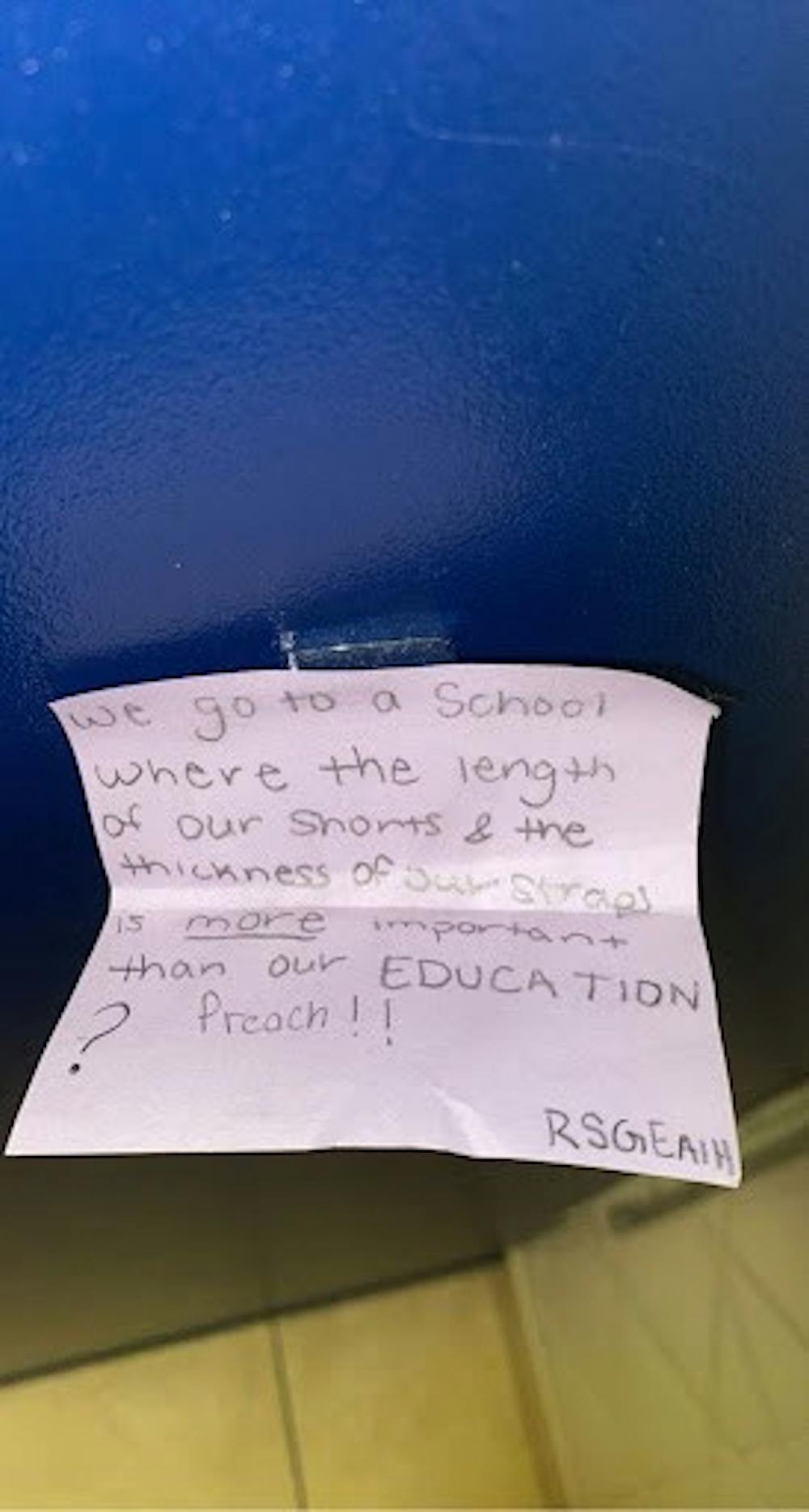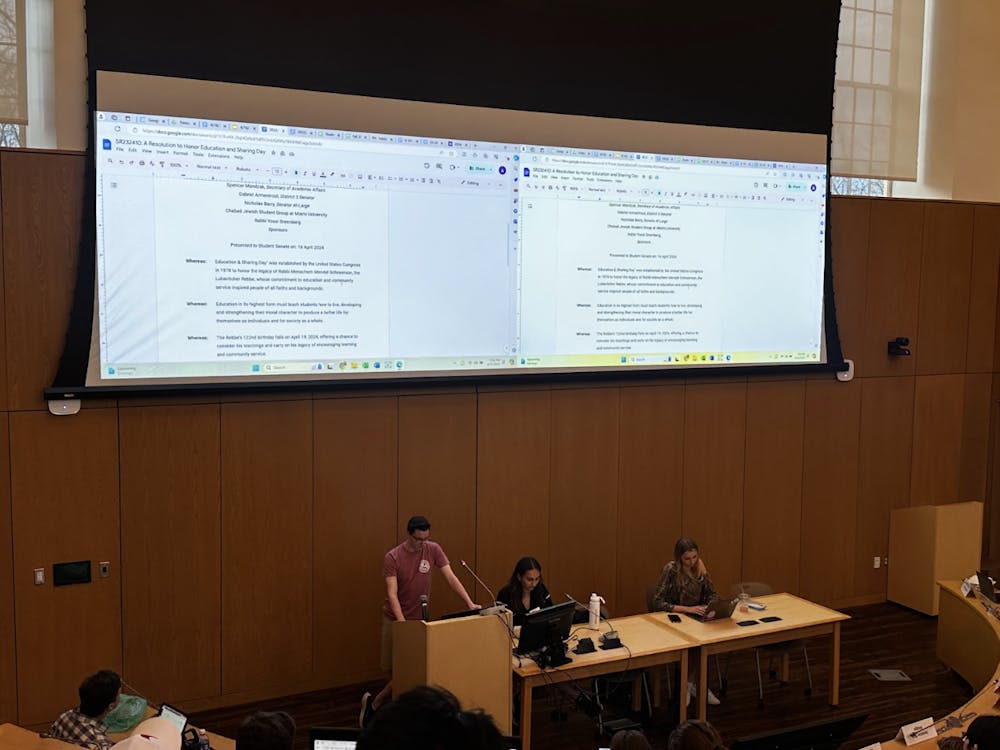After feeling fed up with dress code inconsistencies and punishments allotted according to body type, a group of girls at Talawanda High School decided it was time for things to change.
The young women put up posters in the hallways and stuck post-it notes on paper towel dispensers, mirrors and lockers bearing messages like “We go to a school where the length of our shorts and the thickness of our straps is more important than our education?” and “Instead of shaming people for their bodies at school, teach people that others are NOT sexual objects.”
Hailey Wright, a senior at Talawanda, has been the main student organizer opposing the district’s dress code. She said the situation escalated after other students started removing their messages.
“We kept putting them back up and they kept taking them down, so eventually it got out of hand, and they began to write on the walls with Sharpie, which is not at all what we intended or wanted,” Wright said. “The school hadn’t really said much about it except for readdressing the [existing] dress code.”
While vandalism may not have been in these students’ original plans, the permanent marker got the attention of administrators.
Holli Morrish, Talawanda’s director of communication and public relations, wrote in an email to The Miami Student that she supported the students’ movement.
“Empowering people is a strong theme in our school district, and I think conversations/communication around student needs and concerns is very important,” Morrish wrote. “It's critical that students have opportunities to use their voices and be understood and heard.”
To solve the issue, the school district is giving students the opportunity to sit down with administration and collaboratively rewrite the outdated dress code.
“I think the opportunity for students to weigh in on the dress code is a great learning opportunity for everyone involved, and as young people that will be emerging into an adult world soon, this is a great practice for the future,” Morrish wrote. “I think this will be an exercise in respectful dialogue, negotiation, and how to communicate effectively regarding issues that are close to our students' hearts.”
Wright said her priority is making female students feel as though their education is the school’s main concern, not the clothes on their back.
“We also suggested maybe [revisiting the dress code] every few years because of how generations change, and having those students decide, like they did with us,” Wright said.
For Morrish, Talawanda’s collaboration with students is a step in the right direction.
Enjoy what you're reading?
Signup for our newsletter
“This is a great example of how we can connect with one another, learn about each other and with each other, and resolve important issues in our schools that impact students and staff,” Morrish said.




